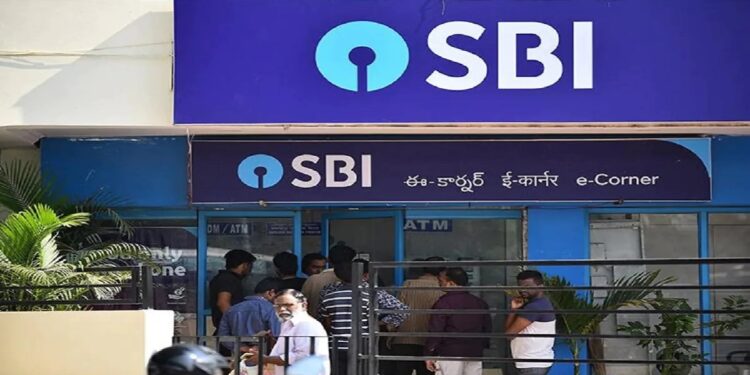Business News Desk – Indian stock markets are full of enthusiasm at this time, but is this enthusiasm going in a dangerous direction? Brokerage firm Kotak Institutional Equities has recently said in a report that some sectors are showing strong growth prospects of the Indian economy in the long term. At the same time, some sectors are seeing tremendous growth even without strong fundamentals. Nifty’s last 12-month P / E ratio is currently 24 times, which is more than its long-term average of 22.5 times. More than half of the Nifty 50 stocks are currently trading above a P / E of 30 times. The Buffett Indicator, which measures market capitalization against GDP, is currently at 143 percent, which indicates a bubble in the market. Despite this, domestic institutional investors (DII) are constantly pushing the market up.
Due to this, the Economic Survey 2023-24, referring to the Buffett Indicator, warned that excessively increasing confidence and speculation of people in the market can be a sign of danger. However, experts believe that a high level of ‘Buffett Indicator’ is not always a sign of decline, but it definitely indicates volatility in the market. Analysts are also saying that there is constant investment in the Indian market through DII, which is helping to keep the market at a height. But one thing about the market is also notorious – it climbs up slowly and can come down fast at any time.
1. Jubilant Ingravia
Shares of Jubilant Ingravia closed 3.27 per cent lower at Rs 714 on September 6. Brokerage firm Nuvama has raised the target price of this stock to a ‘buy’ rating. Bulls say that the company is a global leader in some segments of specialty chemicals. Pyridine manufacturing is the lowest cost, which gives it an edge over the competition. Also, the company is doing backward integration to stabilize the cost of raw materials. Strong demand in pharma and agrochemicals is also helping the company to maintain its growth consistently. On the other hand, bears say that the company is facing risks from fluctuations in the price of acetic acid, which is affecting its important chemical intermediates segment. This segment contributes significantly to the company’s earnings. Restrictions by regulators on some products and rapidly increasing competition in new segments such as diketene chemistry could put its market leadership and profitability at risk.
2. Vodafone Idea
Vodafone Idea shares closed down 11 per cent at Rs 13.4 on Friday, September 6. Brokerage firm Goldman Sachs has given a ‘sell’ rating to this stock. The brokerage says that this stock can fall by about 83 per cent to Rs 2.5. Bulls say that the company is planning to raise a debt of Rs 25,000 crore, although the time frame for this has not been set. If it is assumed that the company will continue to increase its tariff annually for at least the next two years, then its EBITDA is expected to reach Rs 41,200 crore by FY 2027.
On the other hand, bears say that the recent capital raised by the company is positive news in a way. But it is still not enough to stop the company’s falling market share. Its rivals are expected to spend 50 per cent more on their capital expenditure in the next 3-4 years, which will reduce Vodafone Idea’s market share by 3 per cent. The company needs to increase average revenue per user (ARPU) to Rs 200-270 to breakeven at the cash flow level, which does not seem possible in the medium term.
3. Godfrey Phillips
Shares of Godfrey Phillips closed 11 per cent higher at Rs 7,115 on Friday, September 6. The company will consider issuing bonus shares in the ratio of 2:1 in the upcoming AGM. Meanwhile, Bina Modi has been re-appointed as the Managing Director of the company. Recently, it has also sold its retail unit 24Seven. Bulls say that the bonus issue does not have any significant impact on the market capitalization of the company, but it is emotionally positive news for investors. On the other hand, bears say that the constant news about the company may affect the volatility of its stock, which the stock exchanges have already put on their long-term watch list (ASM framework). Moreover, the company’s annual sales growth has been in single digits in the last 5 years.






